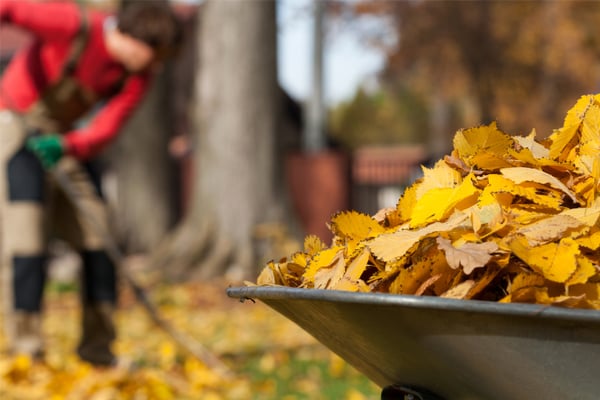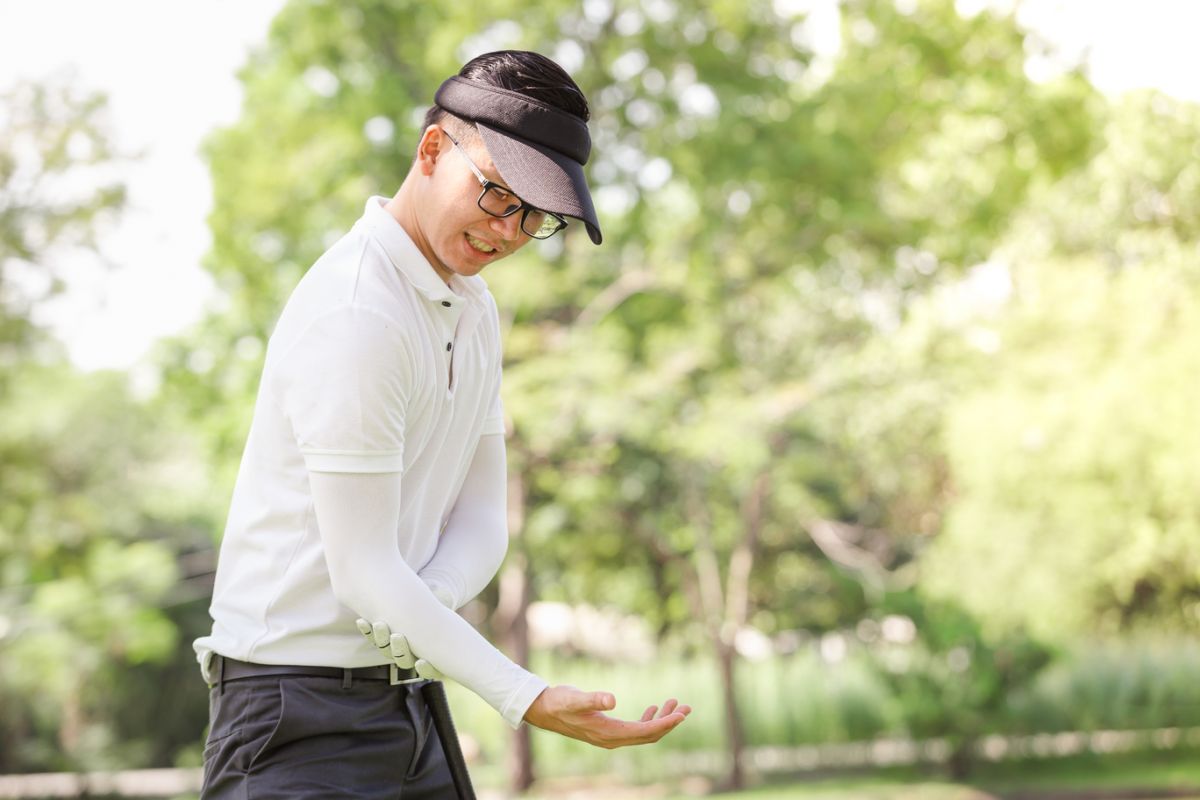
What is golfer’s elbow and how to prevent it
Golfer’s elbow, also known as medial epicondylitis, is pain that originates on the inside of your elbow (side closest to your body) where the tendons of your forearm muscles attach. Symptoms can include pain and tenderness at the inside of your elbow, swelling, stiffness at the elbow joint or numbness and tingling into the ring and pinky finger (ulnar nerve involved).
Although golfers are prone to developing golfer’s elbow, people who lift weights, do resistance training, practice other sports involving racquets or throwing or have an occupation like construction or plumbing that requires strength or involves repetitive hand and wrist movements are also at a higher risk of developing this condition.
Movements that lead to golfer’s elbow include repetitive wrist movements and frequent finger clenching, causing the forearm muscles to contract continuously. These stresses, repetitive forces or poor conditioning can increase the likelihood of developing golfer’s elbow.
To prevent golfer’s elbow, make sure you are strengthening and stretching your forearm muscles regularly. Use proper form and the right equipment for your activity, lift properly and pace yourself with repetitive forceful or wrist movements.
How is golfer’s elbow different from tennis elbow?
Golfer’s elbow affects the inside of your elbow while tennis elbow occurs on the outside of your elbow. Golfer’s elbow affects your medial epicondyle and the tendons and muscles that allow you to flex your wrist and contract your fingers. Tennis elbow affects your lateral epicondyle and the tendons and muscles that allow you to bend your wrist backwards and straighten your fingers. If you have golfer’s elbow, you are more likely to experience numbness or tingling into your fingers.
To prevent or treat golfer’s elbow, it is recommended to strengthen and stretch your forearm flexors using eccentric exercises and light stretching (refer to picture 1A and 1B). For prevention or treatment of tennis elbow, it is recommended to stretch and strengthen (using eccentric exercises) your forearm extensors and light stretches (refer to picture 2A and 2B). Other forms of treatment include resting the area and using ice to reduce inflammation.
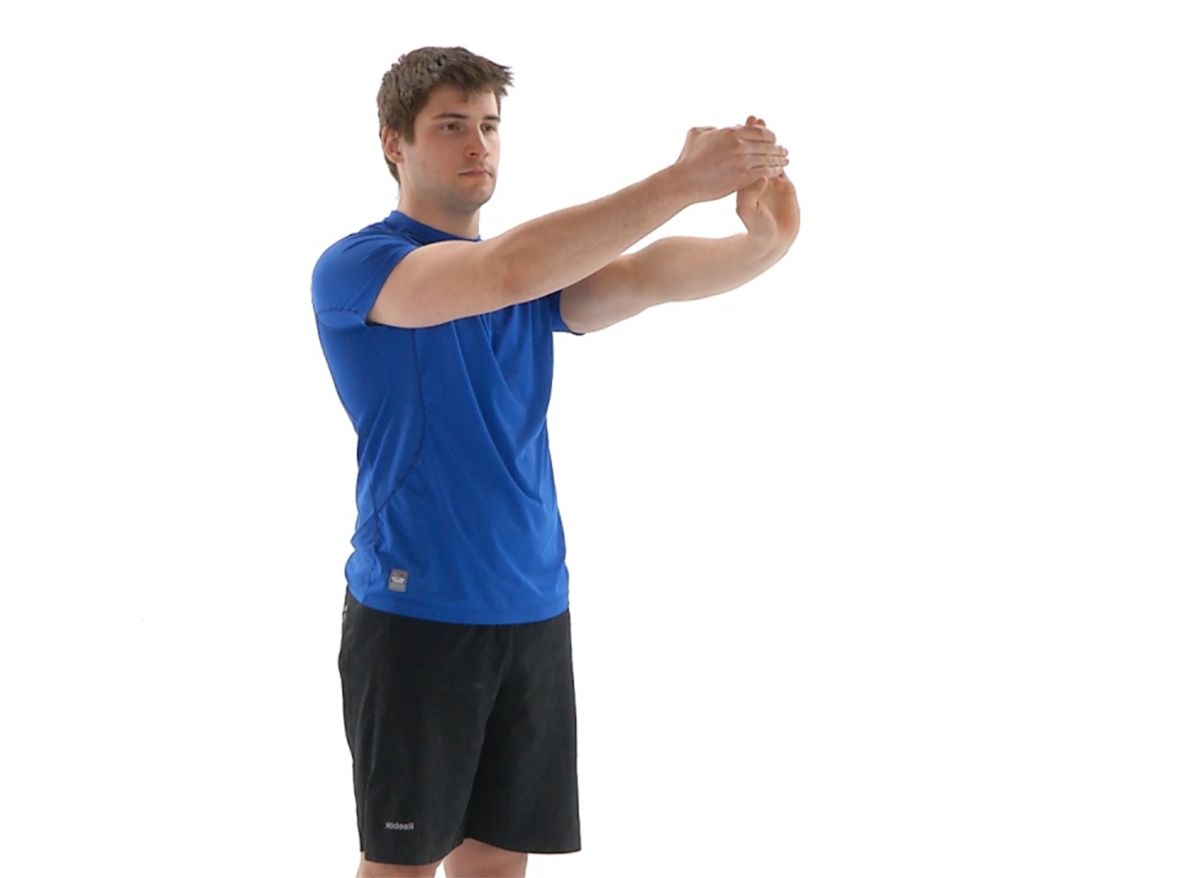
1A
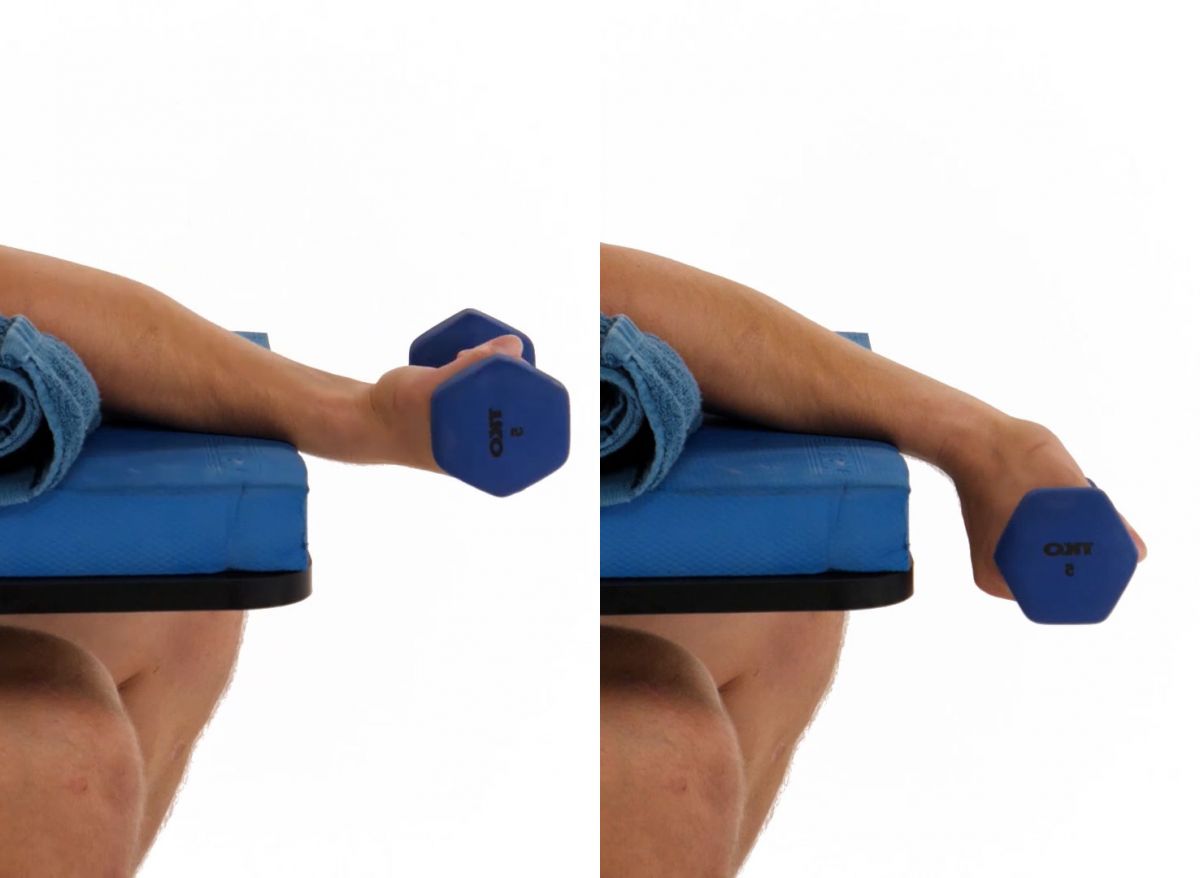
1B
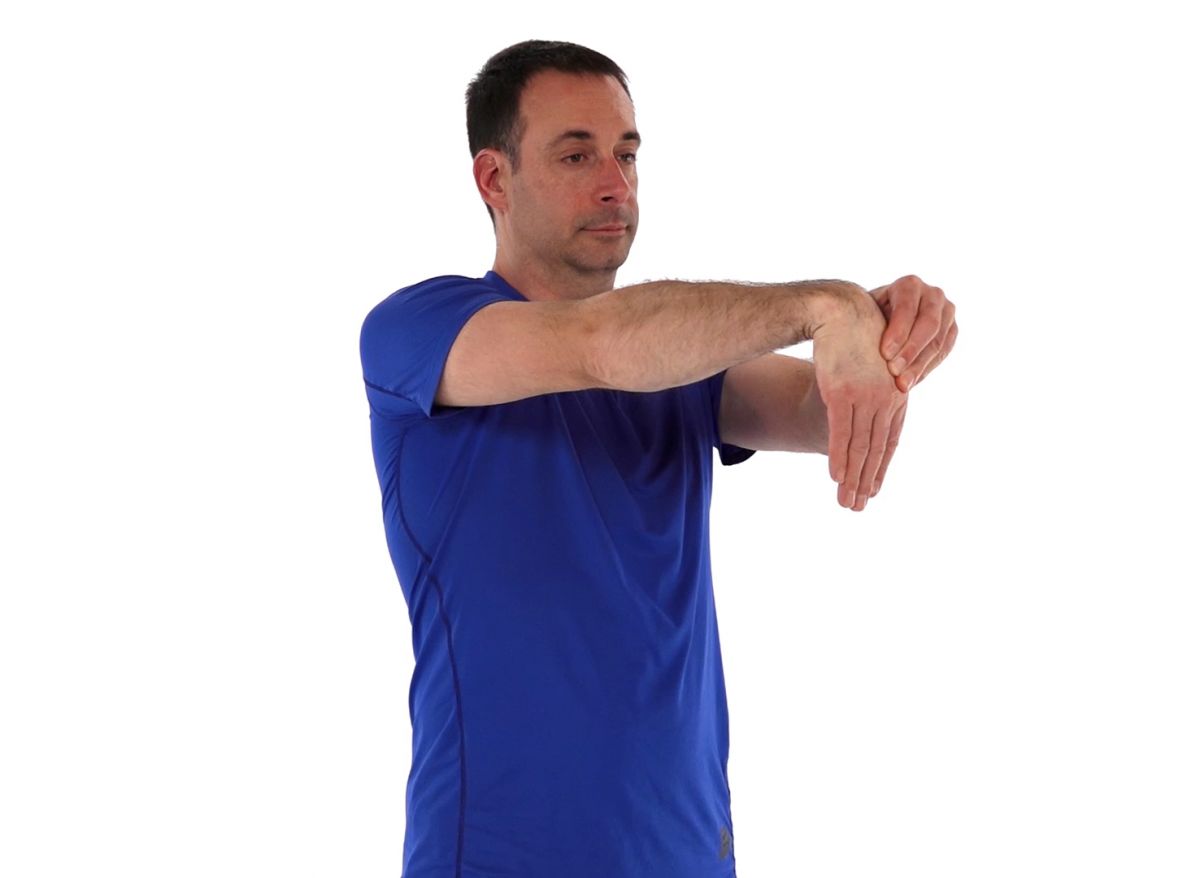
2A
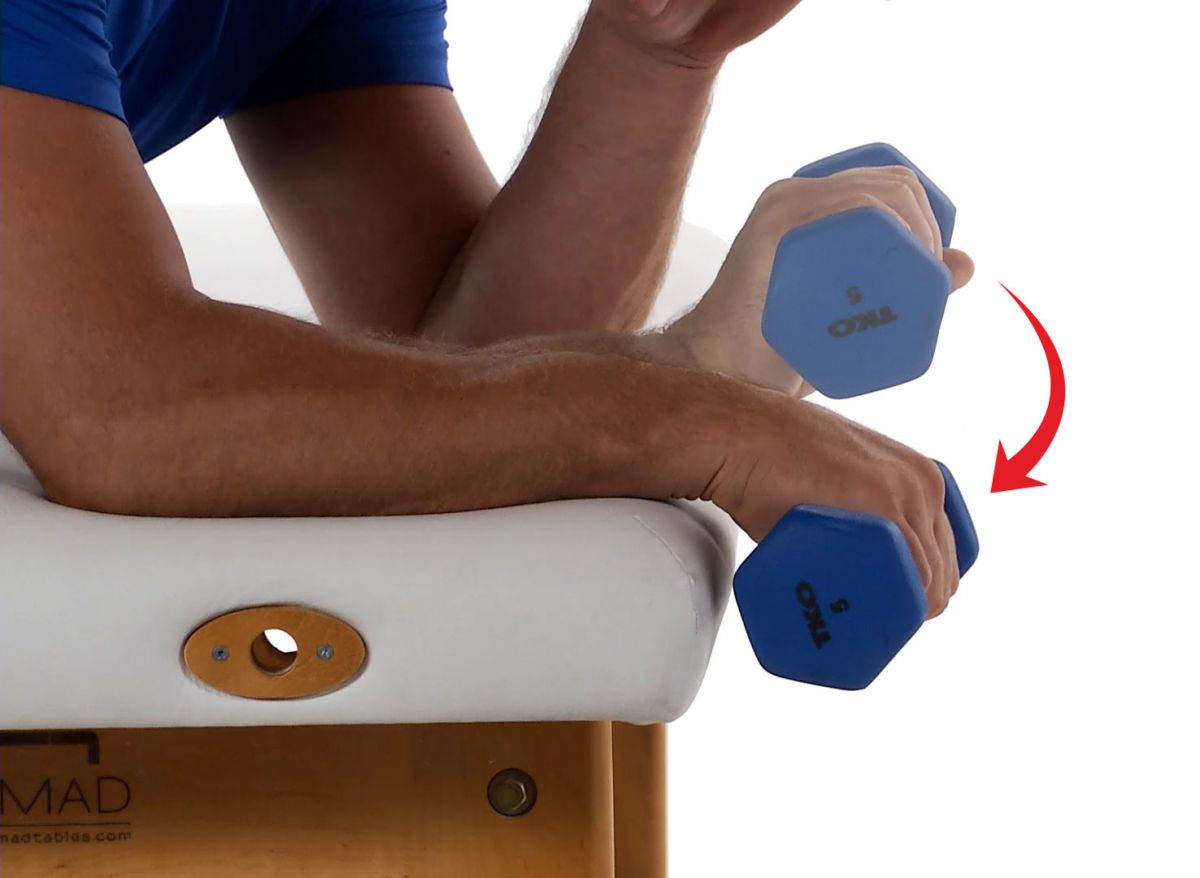
2B
Getting help
If you’re struggling with golfer’s elbow or if you just want to make sure that your equipment is right and that you’re lifting properly to avoid developing injuries, you should consult a Lifemark clinician.
Check out our Locations page to find a Lifemark clinic near you or book online.



